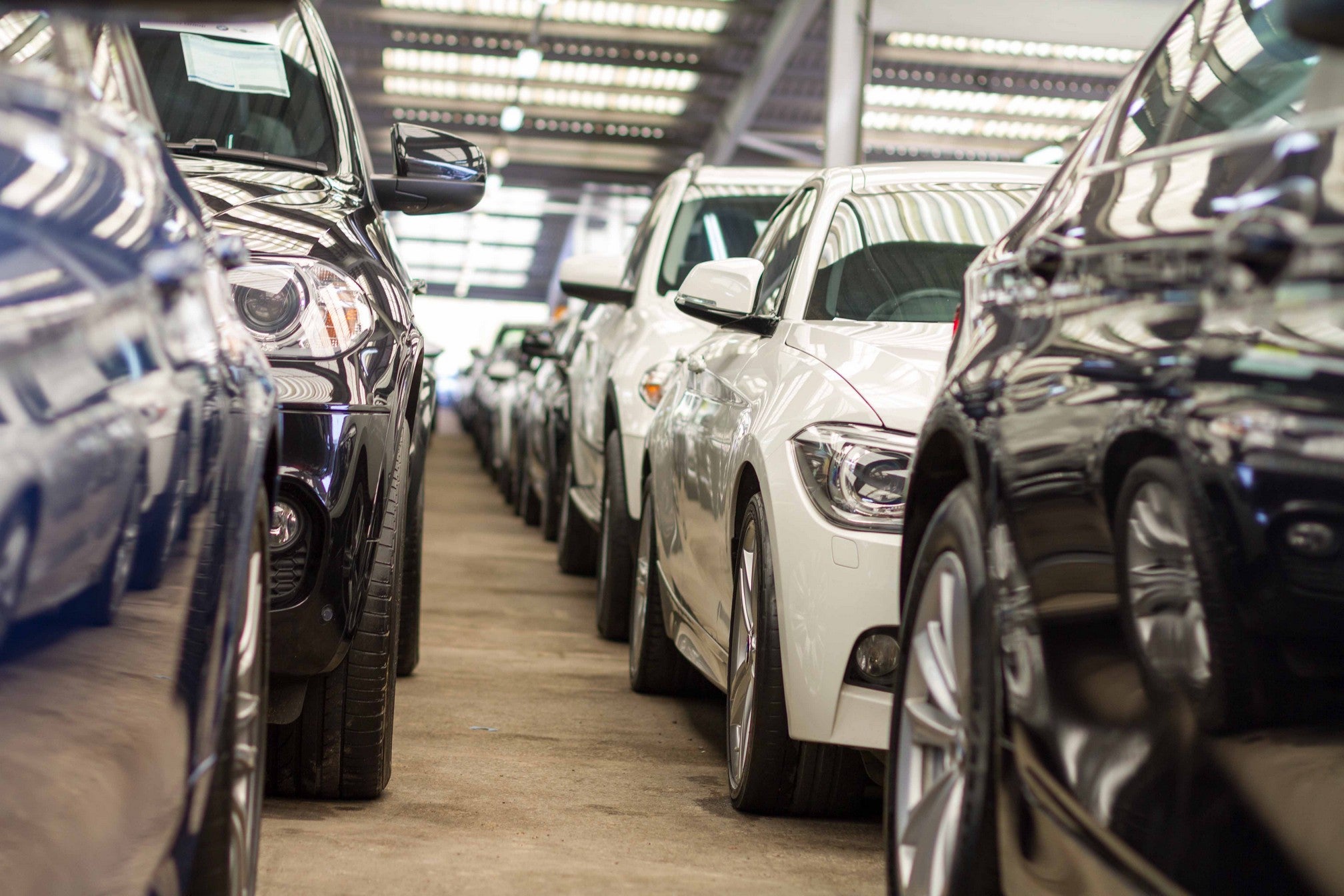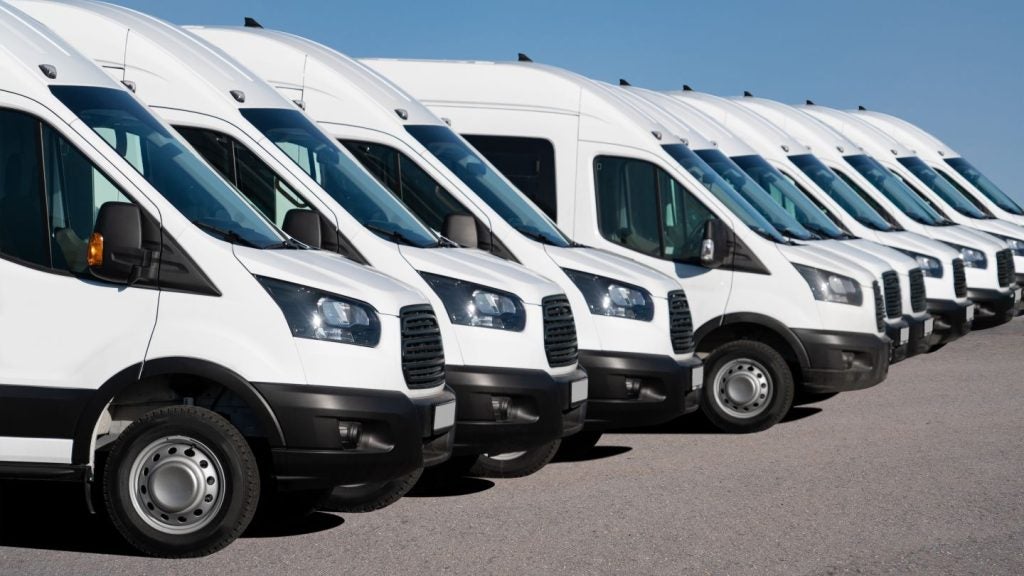
The European car industry is on the threshold of potentially seismic change in how new cars are distributed. James Powell, head of asset & consumer finance at Sopra Banking Software, writes.
Driven by a series of factors, the franchised model for the sale of new cars is increasingly set to evolve into the much-vaunted agency model that will see OEMs move to sell direct to end customers. At the very least, existing franchise networks look set for major restructuring.
The drivers of change
- The move to alternative fuelled vehicles (AFVs) – the R&D cost has been high, and OEMs are looking to take cost out of the established distribution model.
- Control – OEMs are keen to control their brand and customer experience. Doing so would create greater consistency in the customer journey; enable OEMs to have greater control on pricing to minimise discounting and enhance residual values; provide a platform to promote other products/service such as Finance & Insurance; and seek to improve retention.
- Block Exemption – the European Commission’s public consultation on the Motor Vehicle Block Exemption Regulation (MVBER) was published on 28 May 2021. It hinted at some continuing issues within the current competition exemptions enjoyed in the existing vehicle distribution and after-sales markets, which may point to some changes. The European Commission will decide by 31 May 2023, whether to let the current regime lapse, renew it or revise it.
- The socio-economical changes created by the Covid-19 pandemic – in the last year, the line ‘five years of change in three months’ was written in numerous articles. There can be little doubt that commuting, home/office working, environmentalism and finances (consumer, business and nation-states) were all impacted by the pandemic
- The acceleration of digitisation and the shift to online – this is the facilitator that can help make direct to customer sales succeed.
- Launches of different OEMs and fleet-based suppliers offering Car-as-a-Service and subscription-based models – while such a move has been touted for a number of years, the arrival in volumes of AFVs could improve the appeal of such models, especially in the new work/life balance, working-from-home environment. To be successful, suppliers will need to develop business models that offer affordable, price-sensitive variants that appeal to a mass market.
Inherent in all of these for OEMs is profitability. Carmakers may be large, instantly recognisable brands, but they are not necessarily as profitable as some would believe. Mergers, acquisitions, and exits have punctuated the last decade. The most recent car manufacturing merger saw Groupe PSA and Fiat Chrysler Automobiles combine to create Stellantis. It may not be a vehicle brand known to consumers, still, in Q1 this year, with a market share of 23.6%, Stellantis was the largest car manufacturer in Europe in terms of sales of passenger cars and light commercial vehicles.
The Stellantis brand portfolio, includes: Fiat, Abarth, Lancia, Maserati, Chrysler, Jeep, Dodge and Ram, formerly owned by FCA, along with Peugeot, Citroen, Opel, Vauxhall, and DS, which were part of PSA.
Network restructuring
How well do you really know your competitors?
Access the most comprehensive Company Profiles on the market, powered by GlobalData. Save hours of research. Gain competitive edge.

Thank you!
Your download email will arrive shortly
Not ready to buy yet? Download a free sample
We are confident about the unique quality of our Company Profiles. However, we want you to make the most beneficial decision for your business, so we offer a free sample that you can download by submitting the below form
By GlobalDataOn 19 May, Stellantis announced that it would be issuing two-year termination notices to all of its UK and European franchised car retail partners as part of a reorganisation of its distribution networks ahead of the introduction of new Block Exemption rules. The only exclusion was Maserati.
The merged business had committed to annual savings in excess of 5 billion euros to its investors from expected synergies. The sales distribution network appears to be targeted, although the business also cites the anticipated changes to the current Block Exemption.
A new distribution network will be selected, ‘on the basis of key objective drivers and criteria’. Under the changes, retailers will be issued with a new all-brands, multi-franchise agreement.
In addition to the restructuring planned, Stellantis also noted that it needed to adapt to changes in distribution models by electrification and increasing online sales. This leads us on nicely to agency sales.
The move to agency sales
The day after Stellantis’ announcement, it was reported that the UK’s VW Group boss Alex Smith had written to car dealers to tell them an agency sales model is being considered. The move would affect Volkswagen, Audi, Seat and Skoda dealers. Letters to dealers advised that the Group is planning to introduce an agency sales model for electric vehicles. The Group trialled an agency model in Germany and Austria for the ID electric vehicles in 2020.
In early March, Volvo announced that it will move to a direct sales model by 2030 for all retail sales, with dealers receiving a handling fee for each car as the manufacturer moves to a full-electric model line-up.
The agency model
Some ‘dealers’ will still be needed in an agency model. Test drive, part-exchange and aftersales are hard to support in a purely online model. It is something that online used car retailer Cazoo discovered in the UK. Their online-only model quickly pivoted last year with the acquisition of a national used car supermarket group.
Cars retailed by an OEM are expected to be offered on a fixed-pricing basis with the challenge of intra-brand price competition eliminated. At the same time, dealers receive a handling fee per unit. The ‘we will have to wait and see’ element asks the question ‘will this fee be enough?’.
A survey of UK dealers by trade publication AM noted that when consulted on the profitability of the agency model, 22% of respondents felt it would reduce profitability, compared with 4% who suggested it would increase or remain the same. The absence of the other 74% points to a good many ‘don’t knows’!
A report by Capgemini with retailers in the UK, Germany, France, Sweden, and China pointed to a succinct conclusion – a “fair and sustainable remuneration model” would be central to the success of any OEM agency model.
What is evident is that change is coming to new car retailing, costs will be taken out, margins must be enhanced, and car buyers must be delighted with their car and car-buying journey. It’s a big ask, but the alignment of so many drivers of change makes the process work well on paper. The key will be discovering how well OEMs can also evolve their digital retailing skills and customer service while also effecting a cultural change in new car buying (or subscription-based usage) for consumers.







